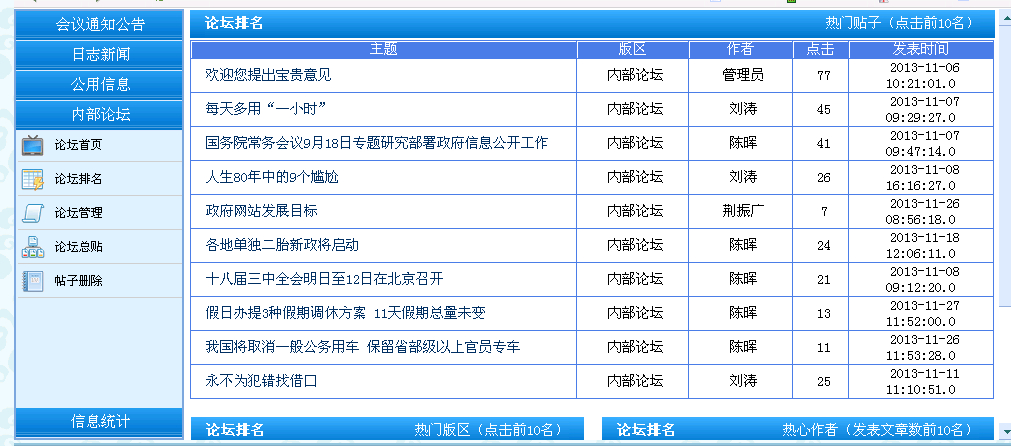彻底明白Java的多线程-实现多线程及线程的同步
一. 实现多线程
1. 虚假的多线程
例1:
- public class TestThread
- {
- int i=0, j=0;
- public void go(int flag){
- while(true){
- try{
- Thread.sleep(100);
- }
- catch(InterruptedException e){
- System.out.println("Interrupted");
- }
- if(flag==0)
- i++;
- System.out.println("i=" + i);
- }
- else{
- j++;
- System.out.println("j=" + j);
- }
- }
- }
- public static void main(String[] args){
- new TestThread().go(0);
- new TestThread().go(1);
- }
- }
上面程序的运行结果为:
i=1
i=2
i=3
。。。
结果将一直打印出I的值。我们的意图是当在while循环中调用sleep()时,另一个线程就将起动,打印出j的值,但结果却并不是这样。关于sleep()为什么不会出现我们预想的结果,在下面将讲到。
2. 实现多线程
通过继承class Thread或实现Runnable接口,我们可以实现多线程
2.1 通过继承class Thread实现多线程
class Thread中有两个最重要的函数run()和start()。
1) run()函数必须进行覆写,把要在多个线程中并行处理的代码放到这个函数中。
2) 虽然run()函数实现了多个线程的并行处理,但我们不能直接调用run()函数,而是通过调用start()函数来调用run()函数。在调用start()的时候,start()函数会首先进行与多线程相关的初始化(这也是为什么不能直接调用run()函数的原因),然后再调用run()函数。
例2:
- public class TestThread extends Thread{
- private static int threadCount = 0;
- private int threadNum = ++threadCount;
- private int i = 5;
- public void run(){
- while(true){
- try{
- Thread.sleep(100);
- }
- catch(InterruptedException e){
- System.out.println("Interrupted");
- }
- System.out.println("Thread " + threadNum + " = " + i);
- if(--i==0) return;
- }
- }
- public static void main(String[] args){
- for(int i=0; i<5; i++)
- new TestThread().start();
- }
- }
运行结果为:
T
补充:软件开发 , Java ,





